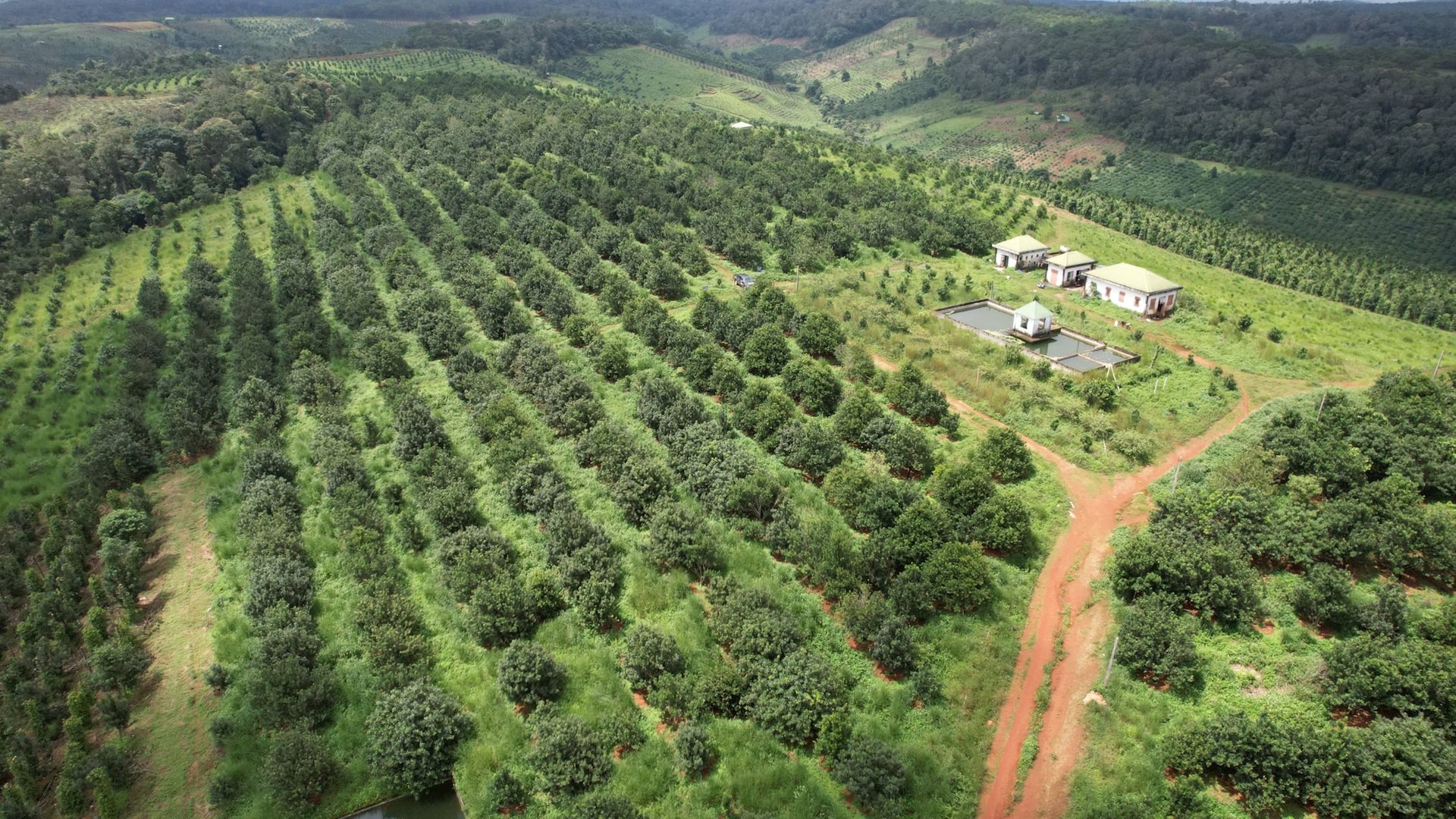
Production linkage - the foundation of value
Quang Truc Commune is one of the “core areas” for macadamia growing in the province. Here, about 1,600 hectares of macadamia are being grown under the guidance of cooperatives. For example, Long Viet Agricultural Service Cooperative, established in 2019, is managing 400 hectares, of which 115 hectares are certified VietGAP, organic, and HACCP.
Thanks to the use of high-quality grafted varieties such as: OC, QN1, A38... and the application of water-saving irrigation systems, organic microbial fertilizers, and moisture-retaining covers, each macadamia tree yields 20 - 40 kg of fruit/tree/year, with two stable harvests. The cooperative has built a closed production model from varieties, planting techniques, care to harvesting, processing and consumption.
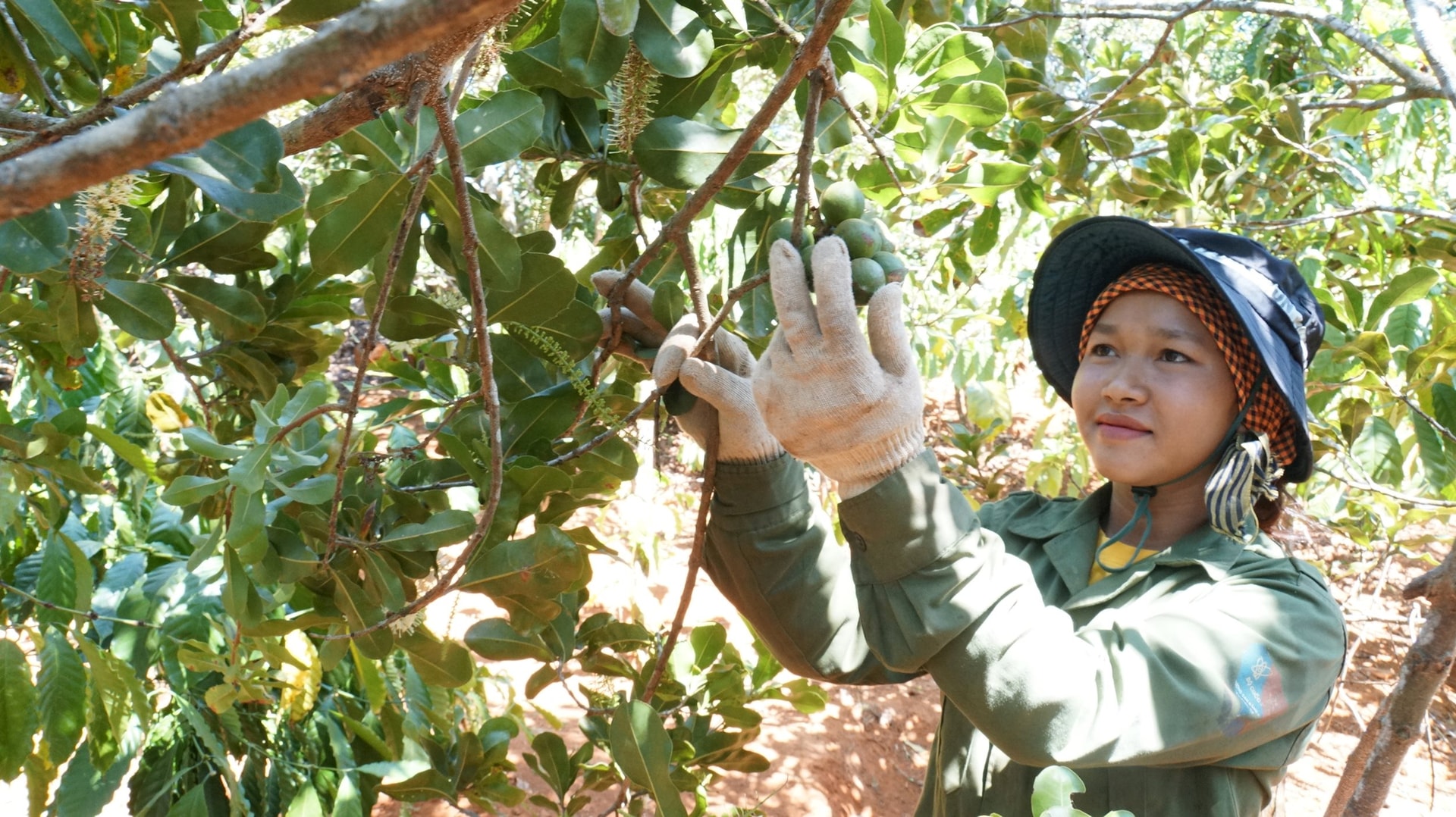
By applying synchronous standards and closely linking members, macadamia productivity increased by 10-15% compared to traditional methods. In particular, the cooperative purchases certified products at a higher price of 1,000-3,000 VND/kg, and the selling price after processing is double that of fresh products.
Ms. Nguyen Thi Thuy Dung - Director of the Cooperative said that the Cooperative closely cooperates with farmers right from the stage of supplying seeds, providing technical guidance, applying VietGAP and organic processes to harvesting and processing. When following the same process, the products are uniform, easy to control quality and meet market standards.
The formation of concentrated raw material areas helps farmers feel secure about output, sell at higher prices, and cooperatives have enough stable output to invest in deep processing and expand the market.
According to the Department of Agriculture and Environment, currently, the whole province has nearly
16,000 hectares of macadamia, about 80% of the area is intercropped in industrial gardens. The commercial area is about 6,600 hectares, the output in 2025 is expected to reach 13,700 tons, an increase of 48% compared to 2024.
If the cooperative plays the role of “organizer” of production at the facility, the processing enterprise is the “launch pad” to bring macadamia to the market. Macadamia Viet Company Limited, located in Hoa Ninh, is a clear example. Established in 2014 with 14 hectares of initial cooperation, the company has now expanded the cooperation raw material area to 90 hectares and purchased products from more than 300 households, equivalent to about 300 hectares in 15 communes of the province.
Each year, the company processes about 200 tons of cracked dried macadamia nuts, 2 tons of vacuum-packed kernels and 2,000 liters of macadamia oil. The products meet ISO 22000 standards, carry the brand name "Vietnamese Macadamia" and 3-star OCOP, and are widely consumed in specialty stores and supermarkets. A special feature is that the shell-cracked roasting line is located right in the raw material area, preserving the fresh flavor and creating convenience for consumers.
According to Ms. Luong Thi Thu Trang - CEO of Macadamia Vietnam Co., Ltd., the biggest challenge today is uneven raw materials due to many different varieties, unstable productivity and quality because farmers still use seedlings, intercropping many types of trees. To aim for export, it is necessary to build a raw material area with standardized varieties, synchronous cultivation processes and support for investment in deep processing machinery, because the international market requires very strict standards.
To make the "billion dollar tree" take firm root
The province currently has 75 establishments purchasing, processing, and processing macadamia nuts, with a capacity of about 6,000 tons of raw materials per year; most of the establishments in the province are small-scale with traditional products such as: cracked dried macadamia nuts, packaged nuts. The province has formed 9 production chains for purchasing, processing, and consuming macadamia products with nearly 1,300 hectares and 1,168 linked households. The output through the chain is more than 1,000 tons per year.
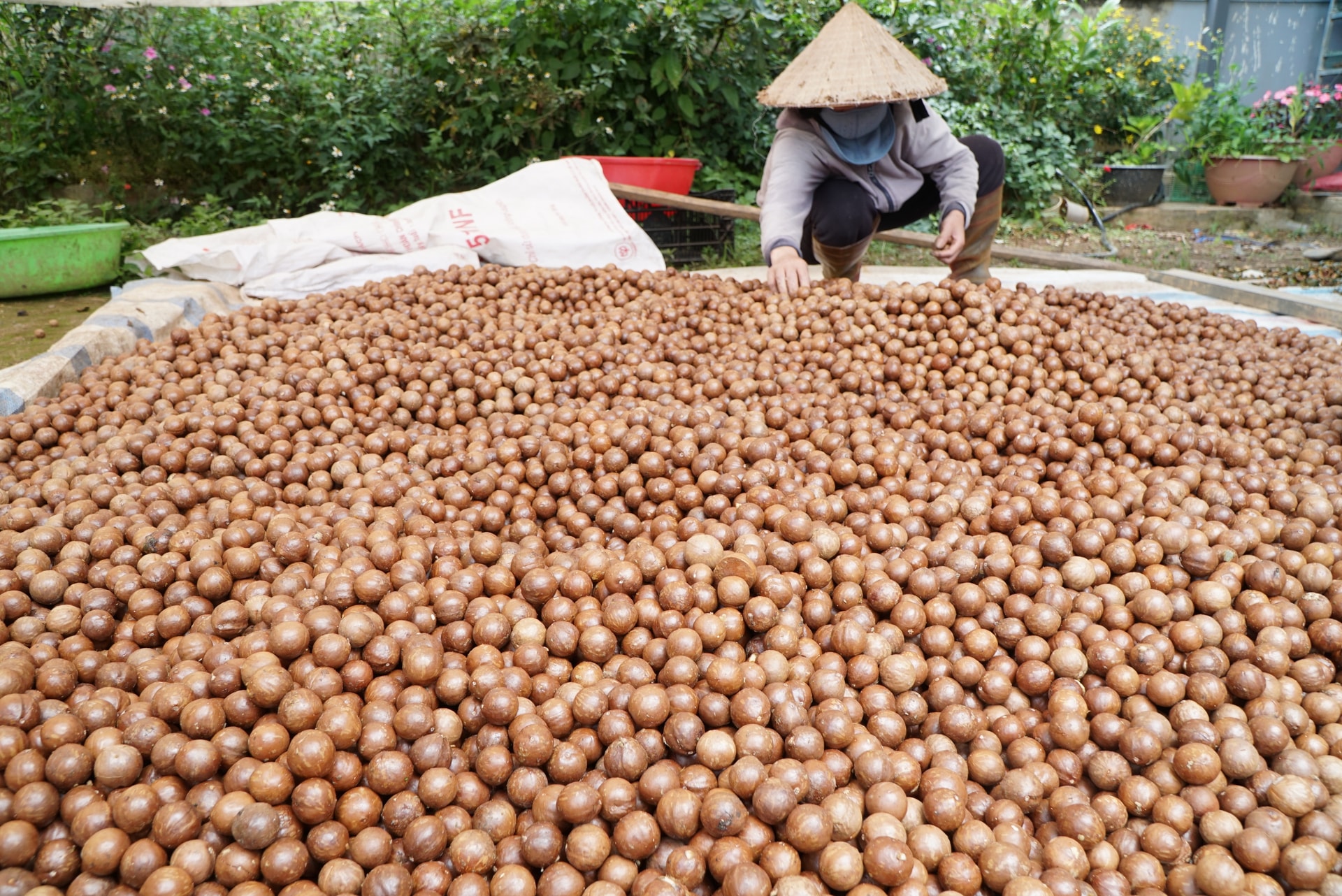
Along with the potential, macadamia production faces considerable pressure due to the long construction period, difficulty in controlling pests and diseases due to the lack of specific drugs to treat some diseases, small-scale production makes it difficult to purchase in a centralized manner, and the processing system is still limited and mainly stops at cracked dried nuts.
Lam Dong aims to increase the macadamia area to 37,000 hectares by 2030, with an output of 48,000 tons, over 90% of which will be processed; by 2050, the vision is to reach 50,000 hectares, 90,000 tons, forming a complete value chain from raw material varieties to deep processing for commercial export.
Mr. Nguyen Ha Loc - Deputy Director of the Provincial Department of Agriculture and Environment said that to achieve this goal, it is necessary to first standardize varieties, only using grafted trees from high-yield lines, with uniform quality and suitable for the local climate and soil.
In addition, the province promotes the application of high technology and advanced production standards such as VietGAP, GlobalGAP, organic agriculture; at the same time, attracts investment in factories for deep processing of high-value products such as macadamia oil, nut milk, cosmetics, and functional foods.
The agricultural sector pays special attention to building the “Lam Dong Macadamia” brand associated with OCOP products, expanding domestic and international markets. Along with that, the sector prioritizes investment in raw material infrastructure, from transportation, irrigation to storage, and integrating macadamia support policies into national target programs.
Only when production and processing are organized in a synchronous manner, can Lam Dong macadamia truly become an industry that brings sustainable economic and social value to the people. In particular, the capital support policy for cooperatives and processing enterprises will be a "lever" to expand scale and increase value.
Mr. Le Quoc Thanh - Director of the National Agricultural Extension Center assessed that Lam Dong meets many criteria for sustainable macadamia development: suitable environment, clear economic efficiency, creating livelihoods and jobs for people. Macadamia also has the advantage of intercropping with coffee, both taking advantage of the land and supporting the ecology.
However, Mr. Thanh noted, for macadamia to become a billion-dollar industry, it is necessary to "reposition the value chain". This requires reviewing each link: farmers must comply with technical processes and choose the right varieties; businesses must closely link with raw material areas and make appropriate investments; researchers must update suitable varieties and new pest control measures; managers must re-plan planting areas and scales appropriate to each locality.
Mr. Thanh also emphasized the role of cooperatives as a center linking actors in the chain to form large raw material areas, safe production, and meeting market standards.
Lam Dong has fertile red basalt soil, cool climate all year round, ideal conditions for macadamia trees to grow. After merging administrative boundaries, Lam Dong officially became the largest macadamia "capital" in the country, with nearly 16,000 hectares.
Source: https://baolamdong.vn/ky-vong-mac-ca-lam-dong-tro-thanh-nganh-hang-chu-luc-ty-do-388324.html


![[Photo] Prime Minister Pham Minh Chinh receives President of Cuba's Latin American News Agency](/_next/image?url=https%3A%2F%2Fvphoto.vietnam.vn%2Fthumb%2F1200x675%2Fvietnam%2Fresource%2FIMAGE%2F2025%2F12%2F01%2F1764569497815_dsc-2890-jpg.webp&w=3840&q=75)





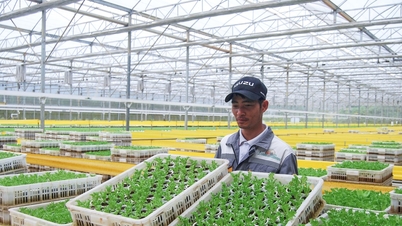


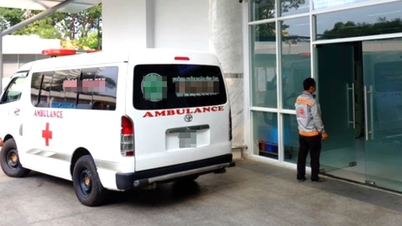

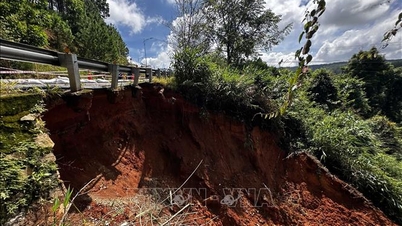

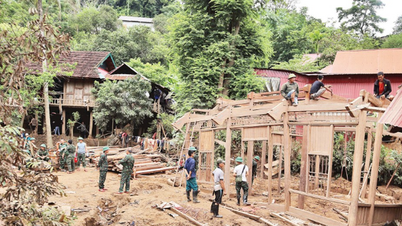

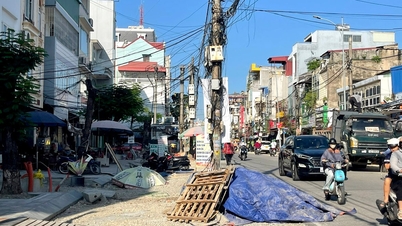

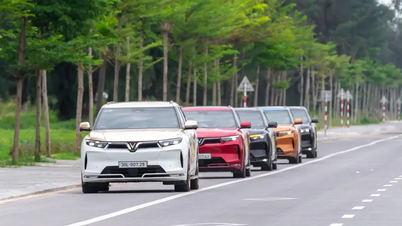

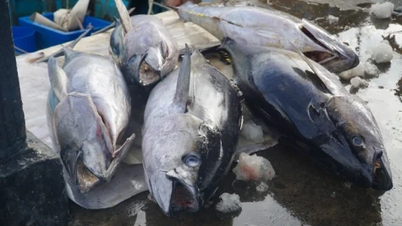




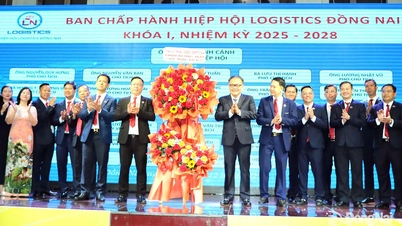






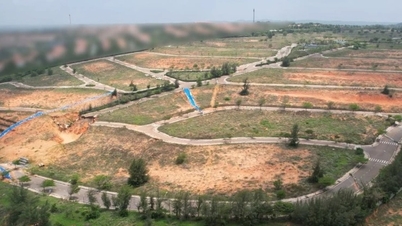
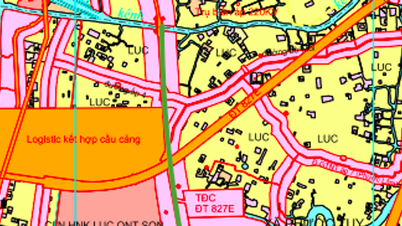
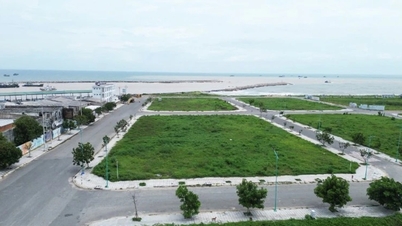
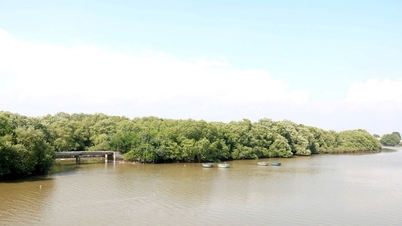
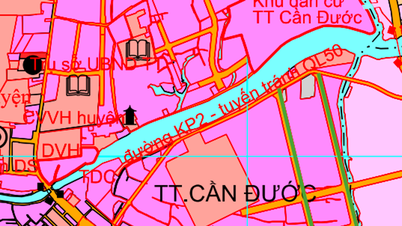



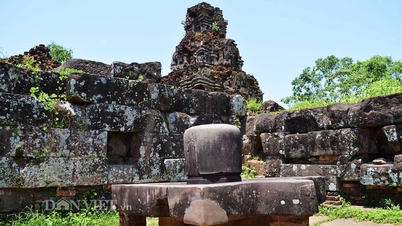

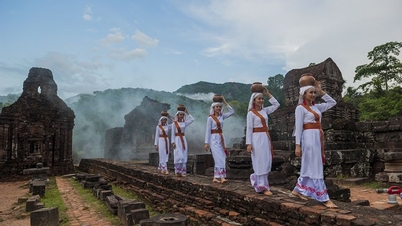


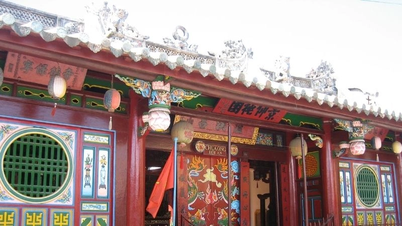
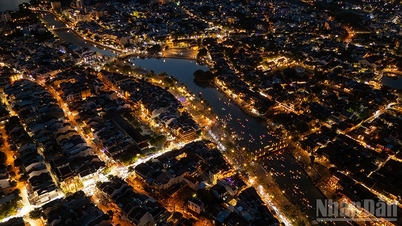

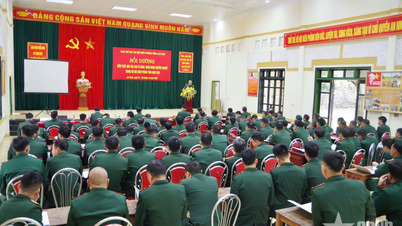


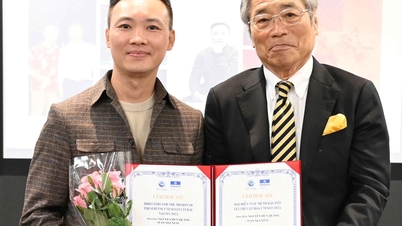









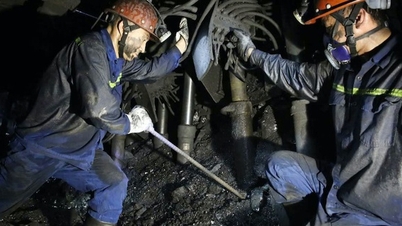


















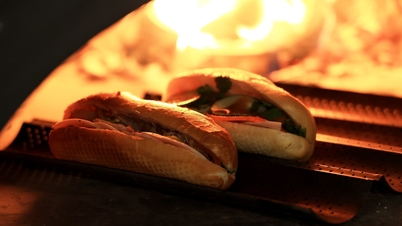
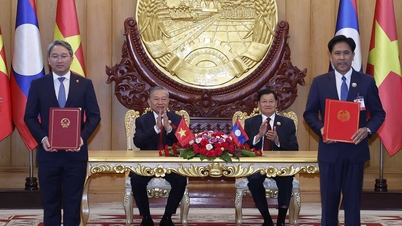
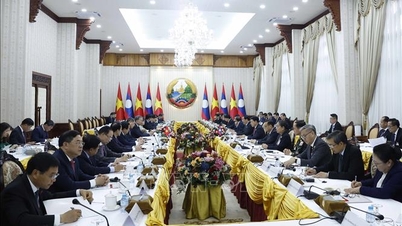



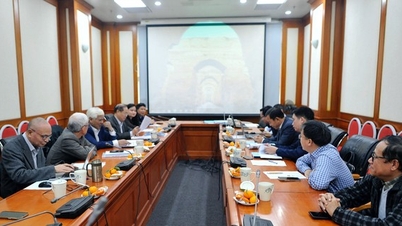
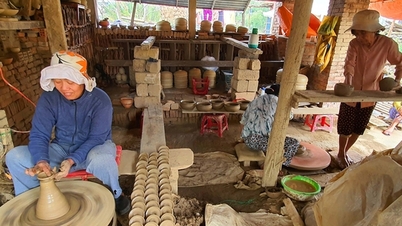


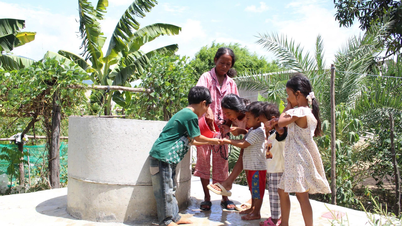

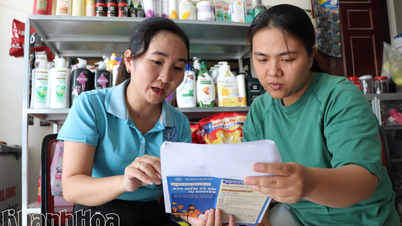

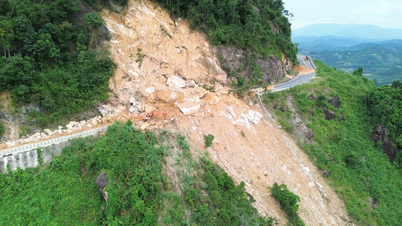

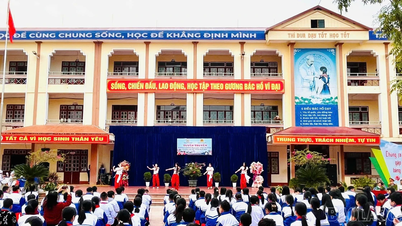













Comment (0)